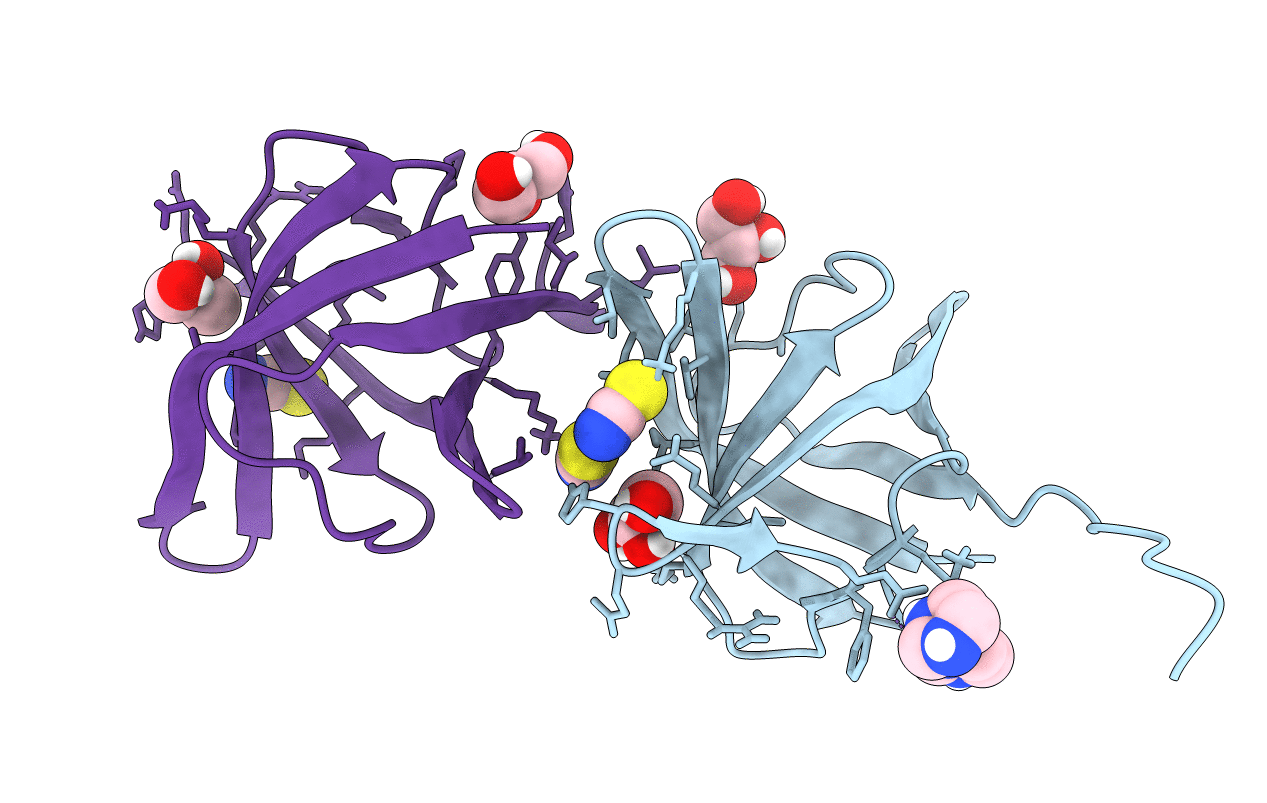
Deposition Date
2020-10-12
Release Date
2021-11-03
Last Version Date
2024-01-31
Entry Detail
Biological Source:
Source Organism:
Pyrococcus abyssi (strain GE5 / Orsay) (Taxon ID: 272844)
Host Organism:
Method Details:
Experimental Method:
Resolution:
1.64 Å
R-Value Free:
0.22
R-Value Work:
0.19
R-Value Observed:
0.19
Space Group:
I 1 2 1


